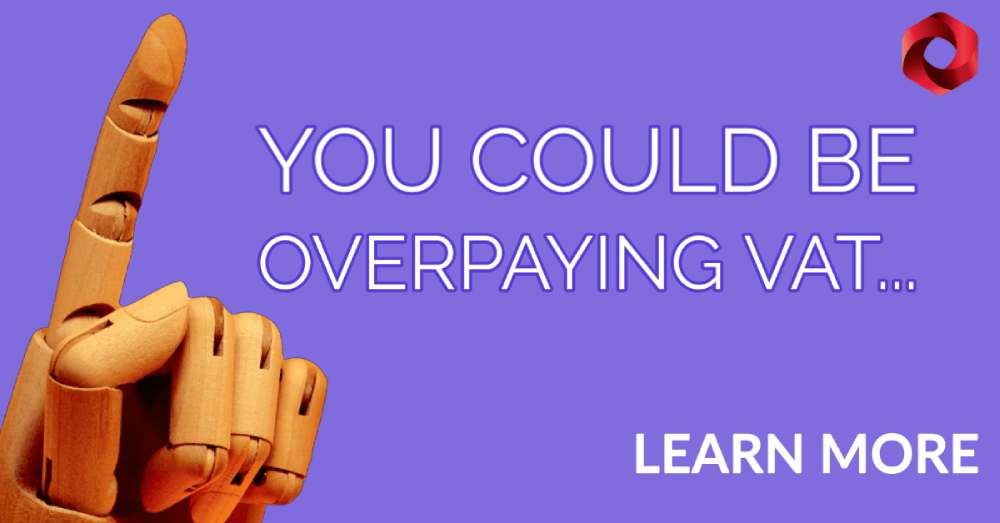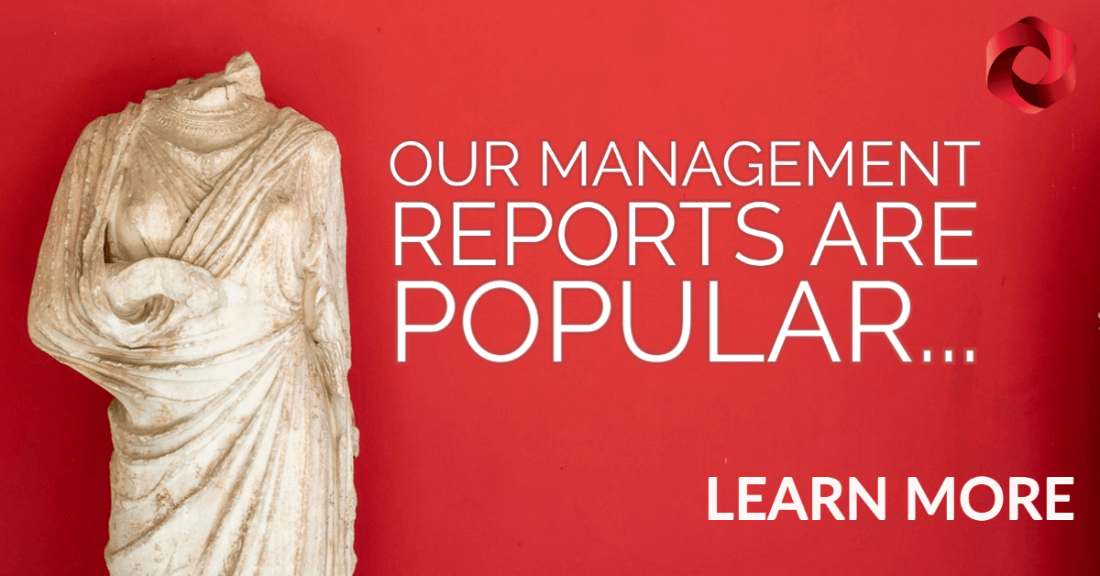The Construction Industry Scheme | CIS | Contractors | Subcontractors
- July 2020
- 8 minutes
- brexit
- CIS
- Contractors
- coronavirus
- grant funding
- seiss
- Subcontractors
- ukeconomy
The Construction Industry Scheme (CIS) is a tax deduction scheme which involves tax being deducted at source from payments which relate to construction work. CIS does not apply to payments made to employees, since payments to employees are covered by the Pay As You Earn (PAYE) system of deduction of tax at source. Although the burden of operating CIS is mainly that of the person making the payments, the rate at which tax is deducted depends on the status of the recipient. This guide will provide a brief outline of the rules governing CIS.
CIS will apply to payments made by a contractor to a subcontractor. If the subcontractor passes three tests – known as the business, turnover and compliance tests – and registers with HM Revenue and Customs (HMRC), it will receive gross payments from the contractor.
Although the best position would be for the subcontractor to register for gross payments, if the subcontractor is not eligible because it fails one of the three tests it can still register with HMRC to ensure that tax is only deducted at the lower rate of 20% instead of the higher rate of 30%.
If the subcontractor then subcontracts its obligations under the contract with the original contractor to another party, it will become the contractor in respect of its relationship with that other party. The original subcontractor will then be required to apply CIS to payments it makes to that party. Therefore, the original subcontractor could be both a contractor and subcontractor for the purposes of the CIS rules.
When does CIS apply?
The CIS regime applies to all payments made under a construction contract, which is a contract relating to construction operations that is not an employment contract. CIS applies where one party is a contractor and the other party is a subcontractor.
Contractors include property developers and builders, businesses which are not in the construction business but which have spent on average £1 million or more on construction operations for the last three accounting periods and certain public bodies which have had an average annual spend of £1 million or more on construction operations for the period of three years which ended on the preceding 31 March.
A subcontractor is a person receiving payments under the construction contract and is a person who is under a duty to the contractor to carry out the construction operations, provides staff to perform the construction operations or who subcontracts those operations to another party.
The CIS regime applies to all payments made under a construction contract, which means that even if the contract covers matters other than the construction operations alone the CIS tax deduction regime will apply to all payments made under that contract. Therefore, if the contract is intended to cover other matters, it should ideally be split to ensure that only the payments in respect of construction operations fall into the CIS regime.
Some payments are exempt from the regime. For example, if a business which is not in the construction industry pays for construction work on a property that it uses itself for the purposes of its business, these payments will not be covered by the CIS. This does not apply to let property or investment properties.
What is the effect of CIS applying?
CIS requires the contractor to deduct tax at source on any payments it makes to the subcontractor. The rate at which tax will be deducted depends on the registration status of the subcontractor. The following three scenarios are possible:
- if the subcontractor does not register, then the contractor must deduct tax at a rate of 30% from payments it makes to the subcontractor excluding VAT charged by the subcontractor and the cost of materials;
- if the subcontractor does register, but does not qualify to receive gross payments, the contractor must deduct tax at a rate of 20% from payments – again, excluding VAT charged by the subcontractor and the cost of materials. Even if the subcontractor does not pass the qualifying tests to be entitled to gross payments, it would still be better for the subcontractor to register in order that tax is only deducted at 20% instead of 30%;
- if the subcontractor registers to receive gross payments, the contractor will not deduct any amounts from the payments at all and tax is then later accounted for by the subcontractor on those payments on its annual tax return. This would be the most beneficial scenario for the subcontractor.
If tax is deducted, then a subcontractor which is a partnership or sole trader can treat this tax as income tax on profits. If the subcontractor is a company, the tax deducted can be treated as satisfying relevant liabilities which are amounts due to HMRC in respect of that company’s obligations as an employer – for example, PAYE or National Insurance Contributions (NICs).
When is a subcontractor eligible to register for gross payments?
In order to be eligible to receive gross payments from a contractor, the subcontractor must provide evidence to show it satisfies the following tests:
Business Test – The subcontractor must carry on construction work in the UK, and the business must be run mainly through a bank account.
Turnover Test – This test sets minimum limits on an eligible subcontractor’s annual turnover as follows:
- for an individual/sole trader: turnover from construction work must be at least £30,000;
- for a partnership: the payments the partnership receives under contracts relating to construction operations, excluding the cost of materials, must not be less than the lower of £200,000 and the multiple turnover threshold. The multiple turnover threshold is the sum of each individual in the partnership multiplied by £30,000, plus the sum of the threshold each company in the partnership would obtain if that company were applying on its own behalf;
- for a company: a company’s threshold is the lower of £200,000 and the amount calculated by multiplying the number of directors by £30,000. If the company is a close company for tax purposes – one with fewer than five controlling parties – that company’s threshold is the lower of £200,000 and the amount calculated by multiplying the number of shareholders by £30,000.
Compliance Test – within 12 months ending with the date of application:
- if the subcontractor is a partnership, each partner;
- if the subcontractor is a company, the company and each director; or
- if the subcontractor is a sole trader, the individual
must have complied with all tax obligations in relation to income tax or corporation tax and supplied all information and accounts requested of them concerning the business or their share in the profits of the business. There are also certain other compliance requirements, such as having paid all NICs that are due and, if the subcontractor is a company, having complied with certain legal obligations under the Companies Act.
HMRC will review the subcontractor’s compliance with these three tests each year.
How does a subcontractor register for gross payments?
The subcontractor can register for CIS online or by calling HMRC’s CIS helpline. Registration information, useful forms and guidance can be found on HMRC’s CIS microsite.
What ongoing obligations are there for a subcontractor?
The subcontractor must keep sufficient records in order to complete its tax returns and to show the direct cost of materials. HMRC must be notified of any changes in the subcontractor’s business including if it ceases to trade, any change of address and any change to business ownership or structure. The subcontractor will need to provide the contractor with sufficient and accurate details in order for the contractor to be able to verify the subcontractor’s registration status;
The subcontractor will be liable to penalties of up to £3,000 if it makes a false statement or provides a false document during the registration process, and up to £300 plus daily penalties not exceeding £60 for failing to produce records. Registration can be revoked if the subcontractor fails to comply with the three tests of eligibility for gross payments.
What obligations does the Contractor have?
The contractor must register as such with HMRC. This can be done via email, through HMRC’s website. As CIS does not apply to employees and only applies to self-employed workers, the contractor must check that the people it is paying are not its employees. The distinction between employees and self-employed workers can sometimes be a tricky legal one. HMRC’s website features an employment status indicator which can be useful in cases of doubt.
The Contractor needs to verify the status of the recipient of its payments. Verification can only be done once a contract has been entered into, or once the subcontractor has accepted tender for work under a contract. Verification can be done through HMRC’s online CIS service or by calling the helpline.
Depending on the registration status of the recipient, the subcontractor may have to deduct tax. Tax is deducted on amounts paid, excluding VAT charged and the cost of materials and also excluding VAT on materials if the subcontractor is VAT registered. If the subcontractor has a PAYE scheme, then payment under CIS will be added to PAYE payments and paid at the same time.
The contractor must give a written statement to each subcontractor from whose payments it makes a deduction. It is good practice for contractors to provide subcontractors with written statements even if that subcontractor has registered for gross payment. The contractor must keep records of the gross amount paid, the cost of materials deducted, the amount of tax deducted and the verification number, if applicable.
A contractor must make monthly returns of its payments to subcontractors to HMRC, even if no payments have been made. The contractor can get HMRC to stop sending it returns for a period of up to six months if it knows it is not going to be paying subcontractors for this period.


